Mexico
These are photos of your grandmother’s winter holiday. They document your cousin's spring break—minus the bikinis and beer bongs. But Martin Parr’s photos of Mexico are not the pictures one brings back from a trip. Instead, this work seems like memories of a visit.
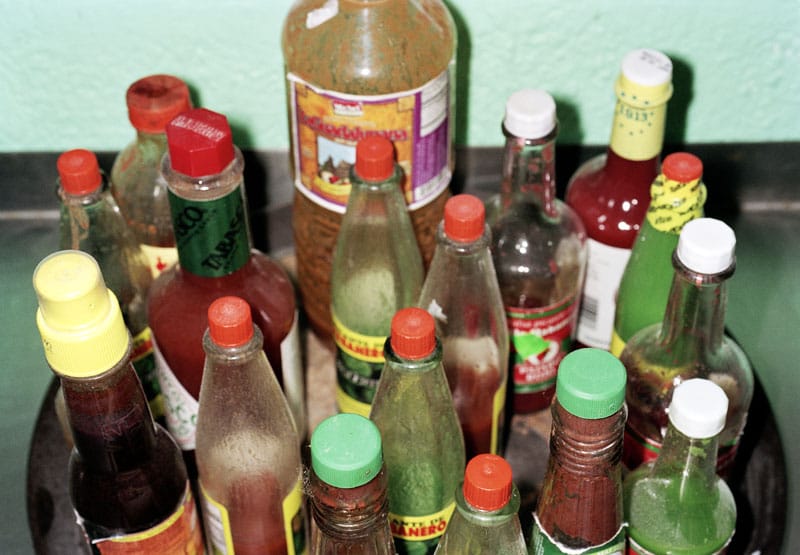
Interview by Nicole Pasulka
In Martin Parr’s Mexico, the lens points in all directions and captures small moments of formal and colorful beauty. In these moments, money, food, and knowledge change hands and the line between American and Mexican becomes blurred. Read the interview ↓
All photographs copyright © Martin Parr; all rights reserved. Photographs appear courtesy of Janet Borden, Inc.
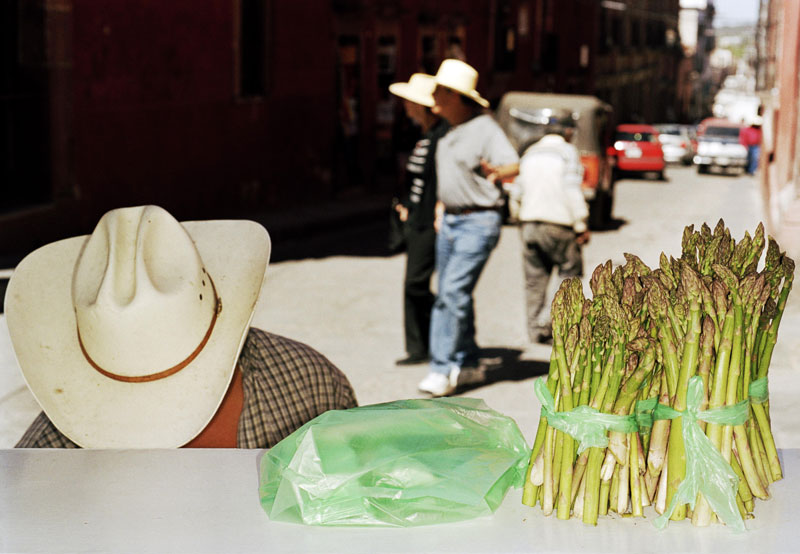
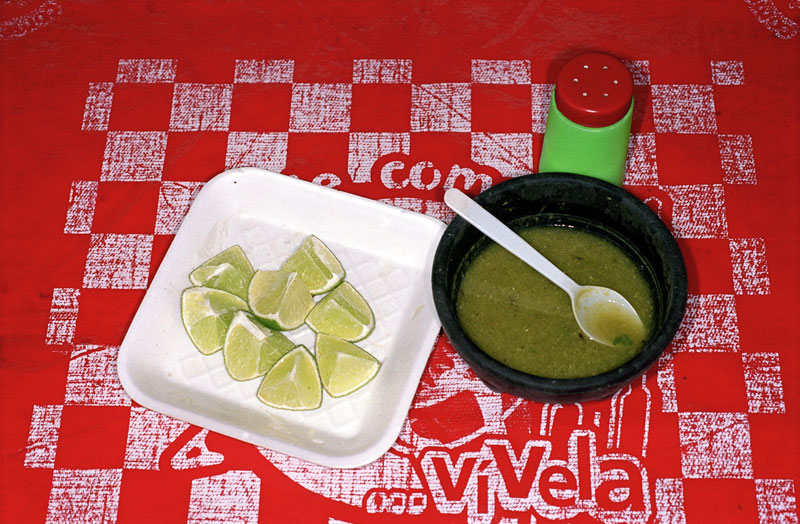
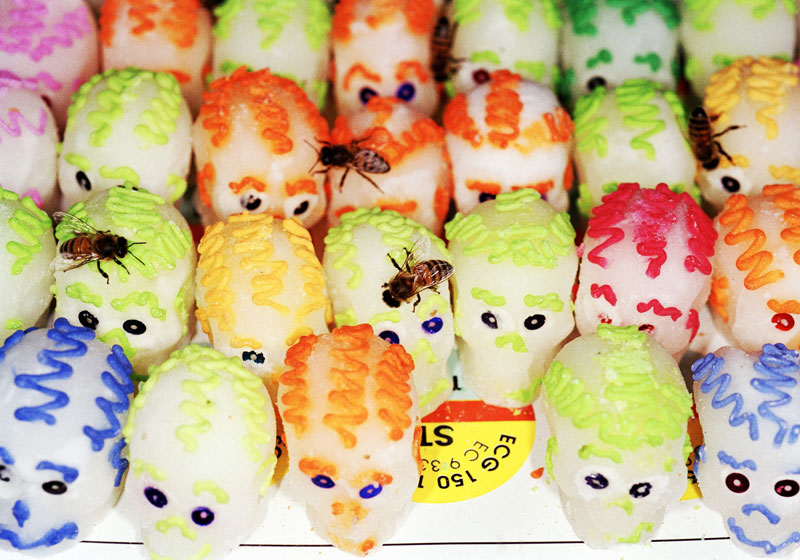

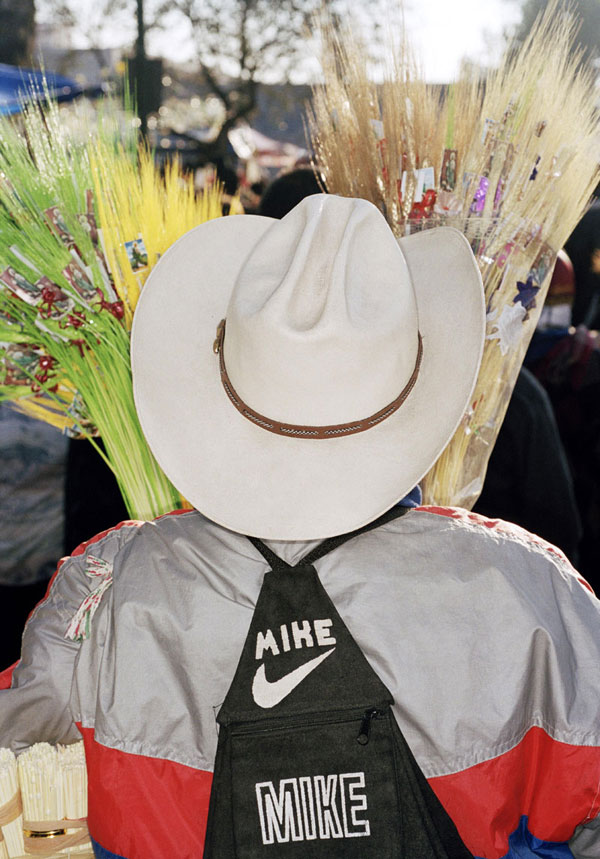
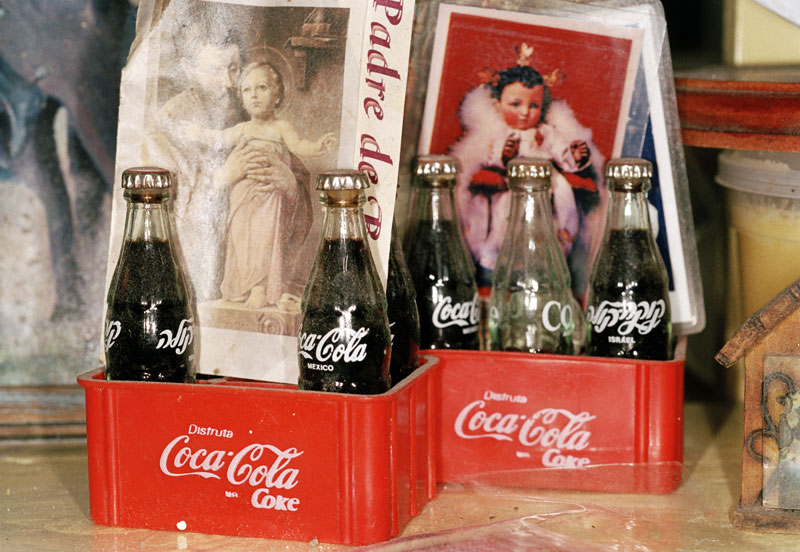

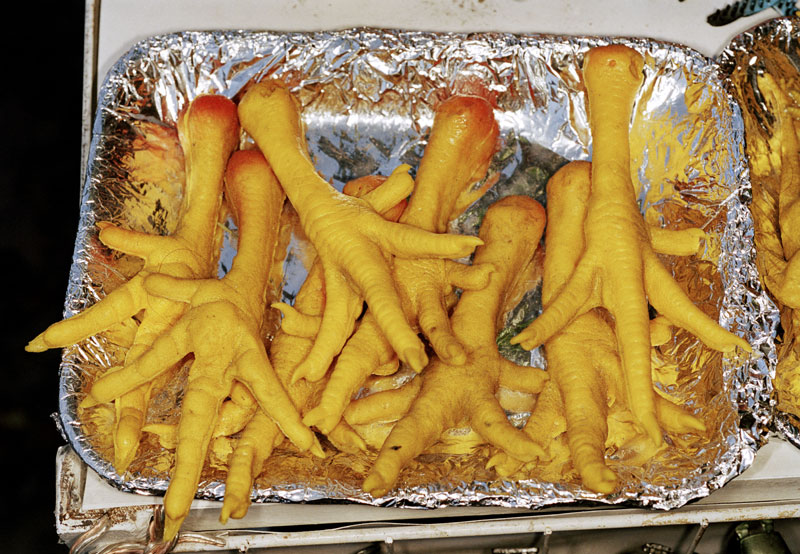
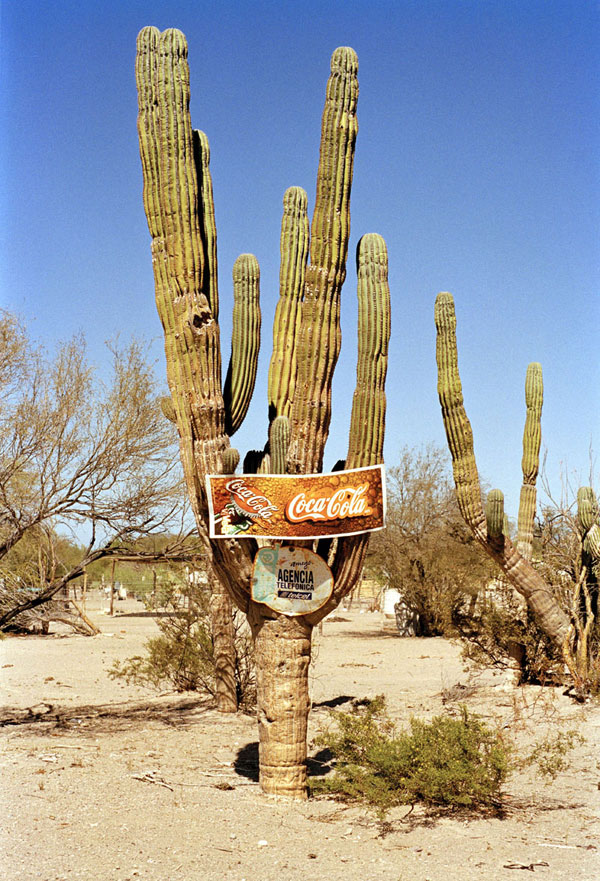
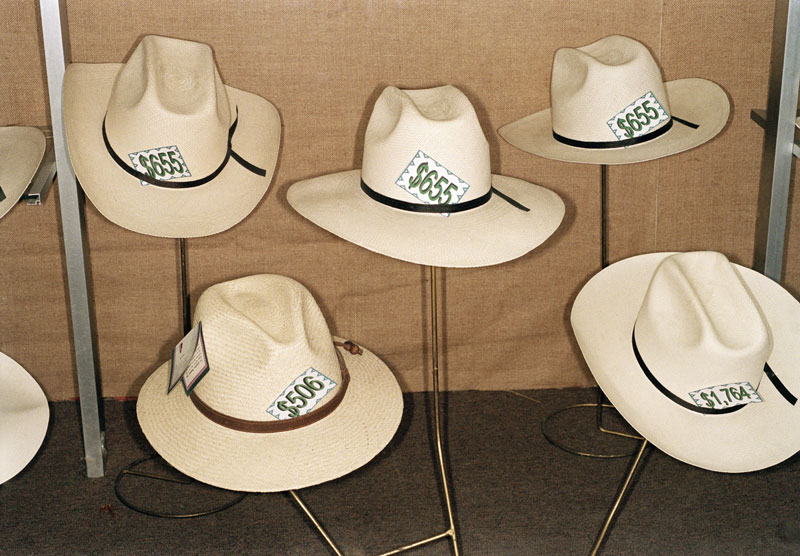
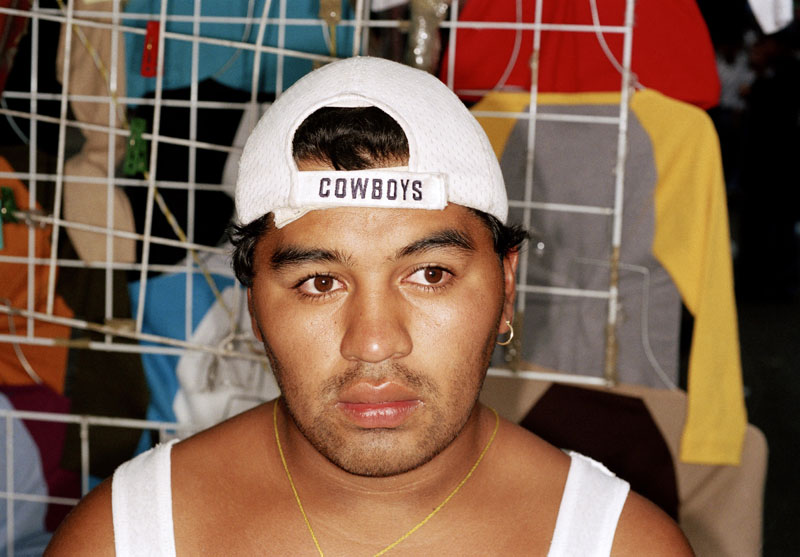
Artist interview
You’re from the United Kingdom and you’ve documented regional identity elsewhere in Europe. What brought you specifically to Mexico?
I took one trip and liked it and I decided that there was something there I could put my finger on.
Did you have any preconceptions or expectations before traveling there?
You always have some kind of image. I’d seen photos of the colorful nature of Mexico—I can’t really describe what that is.
You’ve shown so much overlap and interdependence between Mexicans and Americans. What is it really that characterizes the connection between Mexico and the U.S.?
Both cultures are really strong, so you get an interesting cohesion. I’m exploring [that cohesion] in the photographs.
How are they both strong?
The best example is the attention paid on Day of the Dead and Halloween. You see old and new cultures vying for attention of the populace. Halloween is an American export that is becoming bigger and bigger around the world. It’s a multibillion-dollar business.
It seems that commodity and industry are recurring themes in this work. Why has so much bright, beautiful food for sale ended up in these pictures?
Junk food is the other great American export. Although, Mexican food itself is interesting to look at and very colorful.
Your photos of tourists taking pictures are extremely recognizable images. It actually makes me feel like a tourist when I look at this work.
Tourism is all part of industry [in Mexico], so I threw that in as well.
Did you consider yourself a tourist?
Yes. I am a tourist wherever I go.
Where did you go when you were traveling in Mexico?
I went all over, really. I was in Mexico City. I went to small towns and to Guadalajara, and I was in Cancún.
These photos are bright and humorous—some are even ironic. Does this reflect your experience in Mexico? Or, is it the result of style or artistic interpretation?
I’m very selective. I select the things I want to highlight.
Do you consider yourself a documentarian in any way?
No, I’m a photographer. This is really not an intellectual exercise. What you see is what you get.
These pictures tell a story, and they definitely depict a culture, but stylistically they’re all you. They almost seem related to other regional work you’ve done in Glasgow or Reggio Emilia. Do your photos from Mexico have anything in common with your other projects?
[This work] is just one piece of the jigsaw; it’s another chapter in the story.
Well, what’s the next piece of the puzzle?
I’m going to do a fashion shoot tomorrow. I’ve got another book coming out next year. The book is car parking spaces that I’ve shot in 40 countries.
